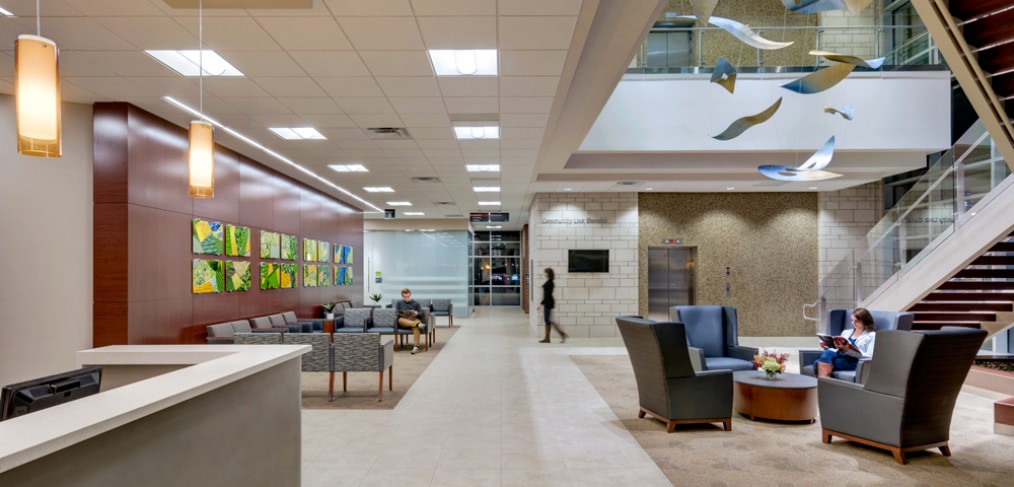
RTLS Technology Spurs New Thinking in Clinic Design
Outpatient clinics are becoming more and more popular and our clients are turning to us for solutions that create the most cost-effective clinic models with the most efficient scheduling options, clinical processes and provider-to-exam room ratios. RFID/RTLS technology (that’s Radio Frequency Identification Device/Real Time Location Tracking) has become an important component in our strategy to help healthcare systems stay ahead of the curve and develop the best clinic models to meet the needs of clients and patients.
One of the major benefits of collecting patient and provider-specific data in real time, along with the use of RFID/RTLS and simulation, is that it allows health systems to make solid, data-driven decisions about changes and improvements for a clinic’s operation.
I partnered with Ryan Fogarty, vice president of IDN/strategic accounts at Stanley Healthcare, to present our first-hand experience about the benefits of simulation and RTLS technology at the 2016 Healthcare Systems Process Improvement Conference in Houston. Specifically, we focused on our successful implementation of RFID/RTLS at a large outpatient clinic in the Midwest to develop the right elements for their new clinic model.
One of the main challenges we faced on this project was obtaining accurate arrival and patient experience data because the health system’s existing user input data and time stamps were not comprehensive. To add to that challenge, we were prohibited from using time-sampling and stop watch studies, so we employed RFID as an alternative. We then used data to drive a computer simulation that performed sensitivity analysis and provided eight simulation scenarios to assess and define the optimal, most cost-effective clinic model.
The results provided the best processes in terms of clinic layout and operational performance, with benefits including reduced patient waiting time, increased patient and provider contact time, decreased total patient cycle time and increased exam room utilization. All of this amounted to better outcomes across the board for our client and their patients, and a set of tools that we can incorporate into future projects.
